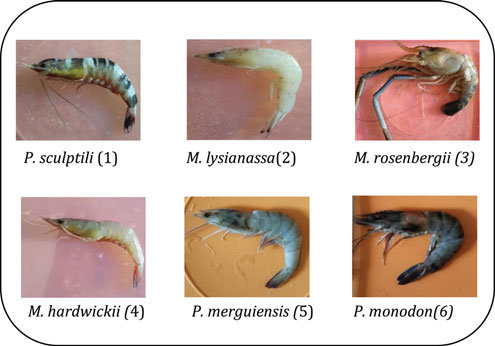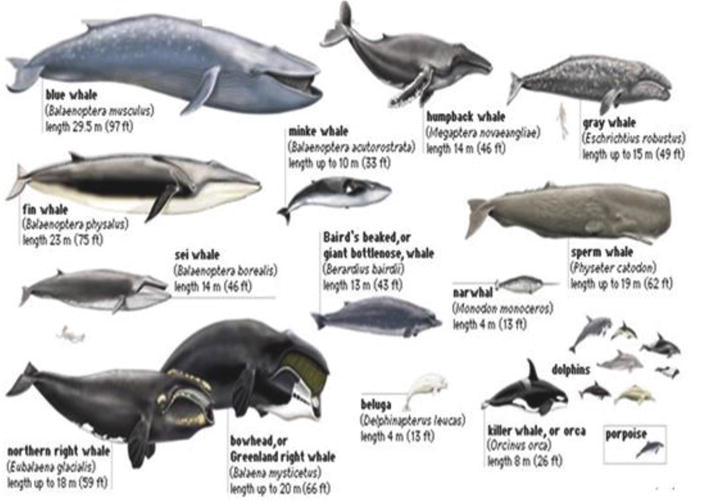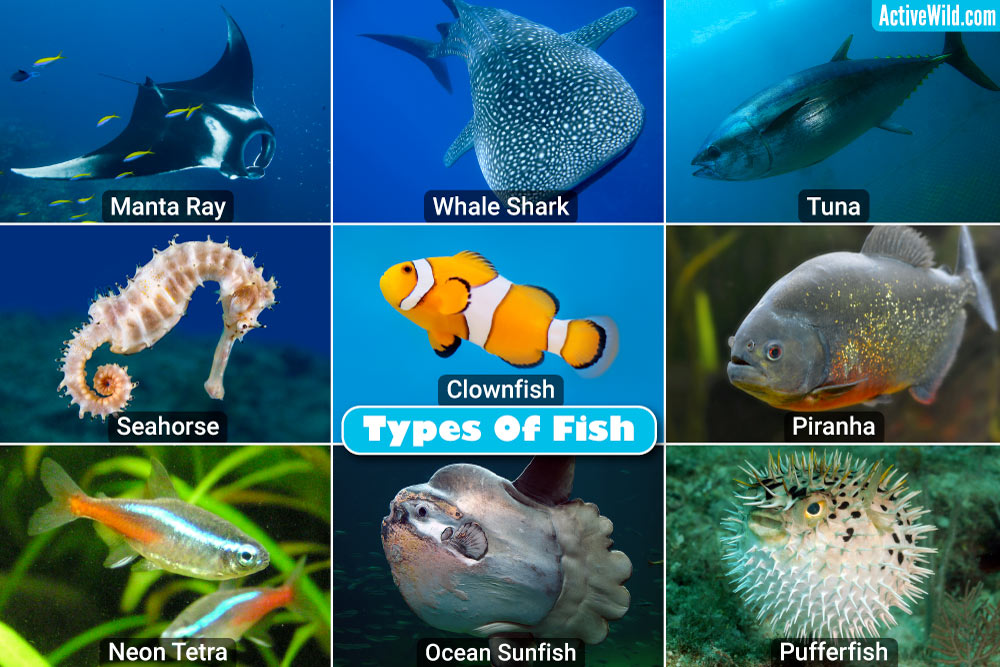Exploring the Diversity of Shrimp Species: A Comprehensive Guide
Understanding the World of Shrimp===
Shrimp are a type of crustacean that are found all over the world, both in freshwater and saltwater habitats. These small, delicious creatures play a significant role in aquatic ecosystems, serving as both predator and prey. With over 2,000 known species, shrimp are incredibly diverse, varying in size, color, shape, behavior, and habitat preferences. In this comprehensive guide, we will explore the diversity of shrimp species, from their physical characteristics to their global distribution and the threats facing their survival.
===What Makes Shrimp So Diverse? An Overview===
One of the key factors that contribute to the diversity of shrimp species is their ability to adapt to a wide range of environments. Shrimp have evolved to thrive in various habitats, from deep ocean waters to shallow streams and even underground caves. This adaptability is due in part to their highly efficient respiratory system, which allows them to live in both oxygen-rich and oxygen-poor environments.
Another aspect that makes shrimp so diverse is their unique reproductive methods. While most crustaceans reproduce sexually, some shrimp species can also reproduce asexually through parthenogenesis, where an unfertilized egg can develop into a new individual. Additionally, some shrimp are hermaphrodites, meaning they have both male and female reproductive organs.
===Types of Shrimp: Different Shapes and Sizes===
Shrimp come in a variety of shapes and sizes, ranging from a few millimeters to a few inches in length. The smallest known shrimp, the ostracod, measures only 0.1 millimeters, while the largest, the mantis shrimp, can grow up to 38 centimeters. Shrimp species can also vary in body shape, with some having long, slender bodies, while others have short, stout bodies. Their body shape and size are often linked to their preferred habitat and feeding habits.
===Identifying Shrimp Species: Key Characteristics===
While there are over 2,000 known species of shrimp, there are a few key characteristics that can help identify them. The most obvious is their distinct pair of long, segmented antennae, which they use for touch and smell. Shrimp also have ten legs, with five pairs used for walking and the last pair modified for grasping. They also have a hard outer shell, called an exoskeleton, which protects their soft internal organs.
Another distinguishing feature of shrimp is their coloration and patterns. Some species have bright, vibrant colors, while others are more muted. Their coloration can help camouflage them in their environment, making it easier for them to hide from predators or sneak up on prey.
===From Freshwater to Saltwater: Habitat Variations===
Shrimp can be found in a wide variety of habitats, including freshwater, saltwater, and brackish water. Freshwater shrimp, also known as freshwater prawns, are found in rivers, streams, and lakes, while saltwater shrimp can be found in oceans and seas. Brackish water shrimp, as the name suggests, live in areas where freshwater and saltwater mix, such as estuaries.
The type of habitat a shrimp species prefers is often linked to its physiological adaptations. For example, freshwater shrimp have evolved to live in hypotonic environments, where the salt concentration is lower than their internal fluid, while saltwater shrimp have adapted to live in hypertonic environments where the salt concentration is higher.
===Shrimp Behavior: How They Adapt to Their Environment===
Shrimp exhibit various behaviors that help them adapt to their environment. Some species are solitary, while others live in large groups. Some are active swimmers, while others prefer to crawl along the ocean floor. Some shrimp are also known to burrow in the sand or mud, using their powerful front legs to dig and create shelter.
Shrimp also have the unique ability to molt, shedding their hard outer shell to grow a larger one. This process, which can happen several times throughout their lives, allows them to grow and adapt to changes in their environment. During molting, shrimp are vulnerable to predators and may hide until their new shell hardens.
===Shrimp Diet: Examining Their Varied Palates===
Shrimp are omnivorous, meaning they eat both plants and animals. Some species primarily feed on algae, while others are predators, feeding on small fish, crustaceans, and even other shrimp. Their front legs, which are modified into claws, are used to catch and hold onto prey. They also have specialized mouthparts that allow them to filter tiny particles of food from the water.
The food that shrimp consume can also vary depending on their habitat. For example, freshwater shrimp may feed on aquatic plants and insects, while saltwater shrimp may eat small fish and crustaceans. Some species have also been known to feed on detritus, or decaying organic matter, which plays a vital role in nutrient cycling in aquatic ecosystems.
===Shrimp Reproduction: Unique Methods and Challenges===
As mentioned earlier, shrimp have unique reproductive methods, with some being able to reproduce both sexually and asexually. Most shrimp reproduce sexually, with males and females mating to produce fertilized eggs. The female shrimp then carries and protects the eggs until they hatch into larvae. The larvae then go through several stages of development before becoming adults.
However, shrimp reproduction faces numerous challenges, such as environmental changes, predators, and diseases. These challenges can impact their population levels and can even lead to extinction in some cases. As a result, some species of shrimp have developed unique adaptations to increase their chances of survival, such as producing large numbers of eggs to increase the chances of some surviving.
===Global Distribution of Shrimp Species===
Shrimp can be found in all oceans and on all continents, except for Antarctica. They are most abundant in tropical and subtropical regions, but some species can also be found in colder areas. The highest diversity of shrimp species is found in the Indo-West Pacific region, while the Caribbean, Gulf of Mexico, and the Mediterranean also have a high number of species.
The global distribution of shrimp species is also influenced by human activities, such as aquaculture and trade. Some species have been introduced to new habitats through aquaculture, while others have been unintentionally transported through ship ballast water. This can lead to the displacement or extinction of native shrimp species.
===Threats to Shrimp Diversity: Human Impact===
Despite their incredible diversity and adaptability, shrimp species are facing numerous threats to their survival. Human activities, such as overfishing, habitat destruction, pollution, and climate change, are all taking a toll on shrimp populations. Overfishing, in particular, is a significant threat, with some species being harvested at unsustainable rates, leading to declines in their populations.
Habitat destruction, such as dredging and coastal development, also poses a threat to shrimp species that rely on specific environments for survival. Pollution, including agricultural runoff and oil spills, can contaminate their habitats and impact their health and reproductive success. Additionally, climate change is causing ocean temperatures to rise, which can affect the growth and survival of shrimp larvae.
===Conservation Efforts for Shrimp Species===
To protect and preserve the diversity of shrimp species, conservation efforts are crucial. Governments and organizations are working together to implement sustainable fishing practices, protect critical habitats, and reduce pollution in aquatic environments. Some efforts also focus on restoring damaged habitats, such as mangroves and wetlands, which are essential for the survival of many shrimp species.
Furthermore, research and monitoring efforts are essential for understanding the threats facing shrimp species and developing strategies to mitigate them. By studying their behavior, habitat preferences, and population trends, scientists can make informed decisions on how to best protect and conserve these unique creatures.
===Conclusion: Appreciating the Richness of Shrimp Diversity===
Shrimp may be small, but their diversity is vast. From their unique physical characteristics to their varied adaptations and behaviors, each species of shrimp has something special to offer. As we continue to learn more about these fascinating creatures, it is imperative that we also take action to protect them. By appreciating and preserving the diversity of shrimp species, we can ensure that these essential members of aquatic ecosystems continue to thrive for generations to come.



